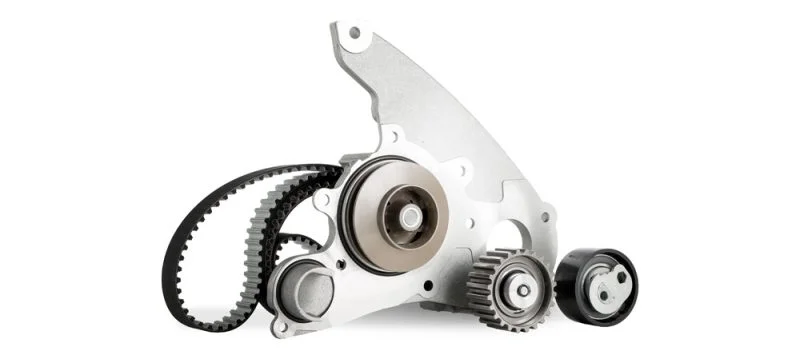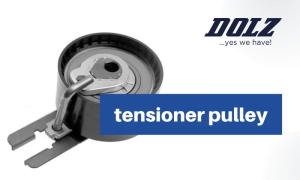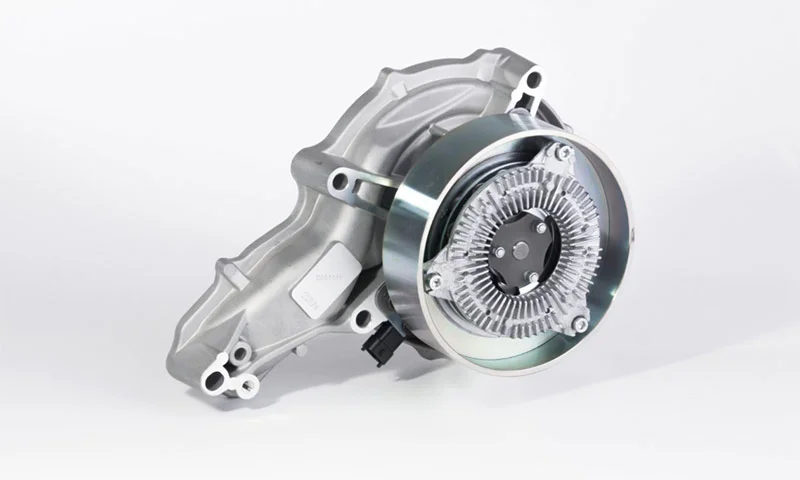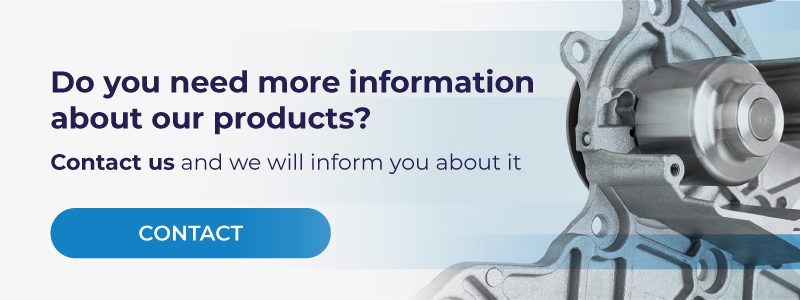Timing belts are one of the most important moving parts in your engine that helps the vehicle engine run smoothly by connecting the camshaft and crankshaft. Therefore, the timing belt components have the same importance. The crankshaft assists the pistons in moving up and down. Meanwhile, the camshaft is a rotating shaft that helps with the correct timing of the valves inside the engine to open and close.
They drive, among other things, a water pump, a generator and a power-assisted steering pump. If any of these components stop working, your vehicle can face serious, costly problems, from loss of engine coolant to engine seizure. But luckily, hoses and belts are relatively easy to understand and maintain – if you know what to look for.
How does the timing belt break?
The timing belt and timing chains break more often because of a lack of understanding and maintenance. The timing belt is made of rubber, when the engine is very hot, it naturally degrades the strength and texture of the belt, resulting in the belt breaking. Therefore, the timing belt should be changed or replaced according to the manufacturer’s recommended maintenance schedule.
Another cause of the breakdown of the time belt component is a seizure of the water pump, which is caused by insufficient maintenance of the cooling system. When the water pump gets stuck, the gears stop instantly, which automatically causes the belt to break.
Main timing belt system components
The timing belt can cause serious problems and become more expensive if not replaced. If the timing belt breaks, the vehicle will have to be towed and can cost a lot of money. In addition, valves can bend and destroy the engine, which could lead to replacement. For proper maintenance, you need to understand the components of the timing belt kit. The main components of the timing system are:
Timing Belt

A timing belt, which is also known as a timing chain or cambelt, is a toothed belt which keeps the top half of the engine (the cylinder head and valves) aligned and synchronised with the crankshaft and pistons in the bottom of the engine. This then allows the values and pistons to move in harmony with each other.
Finf more about our timing belt kits.
Camshaft pulley
A cam pulley is part of the engine’s timing system used to control the speed of the camshaft, the timing belt component that controls the poppet valves responsible for the exhaust and intake of air in the cylinders. The cam pulley is pivotally connected to the timing chain to rotate the camshaft in sync with the crankshaft. This vehicle component is usually checked during a timing belt replacement to determine if it needs replacement or repair and can be replaced in high-performance vehicles that experience significant engine wear.
Keep reading: The fundamental role of the crank sprocket in the timing chain
Idler
The timing belt idler is a pulley that helps to set the timing belt in the correct position. Depending on the length and size of the engine and timing chain, there may be one or more idle pulleys in the timing belt kit. The position of the driven belt pulleys usually requires the timing belt to be guided using idler pulleys. It is used to increase the contact arc to ensure that as many teeth as possible are engaged if the high power output is to be transmitted. The idler function is to stabilize areas of the drive that tend to create unwanted vibrations.
Tensioning pulley
Depending on the design, tensioners can use hydraulic pressure and/or spring tension to properly tension the system. Various tensioning pulleys are used to create tension on the timing belt and keep it smooth as possible. They are installed from the sagging side.
- Prolonged tension changes are caused by wear and tear on the timing belt kit.
- Short-term voltage changes occur, for example, as a result of load and temperature differences.

Recommended reading: Tensioner Pulley: what is it and what it is used for?
Crankshaft pulley
A crankshaft pulley, also known as a crankshaft sheave or harmonic balance wheel, is a grooved wheel-shaped gadget that connects directly to the crankshaft of a vehicle. The crankshaft pulley essentially converts the linear or direct motion of the pistons into rotary motion. The crankshaft pulley is usually connected to other vehicle components using an accessory belt. The crankshaft pulley drives the crankshaft components. Crankshafts are responsible for driving the wheels of the car. Crankshaft pulleys transmit torque and mechanical power or propulsion through the pulley system to additional vehicle components like the power steering pump and alternator.
Water pump
Due to the high temperatures occurring in the I.C. the engine must be dispersed to prevent damage from overheating (defective cylinder head gasket, cracked cylinder head). Liquid cooling is the preferred method in the automotive industry. The thermally loaded sections of the cylinder head and block contain channels or cooling jackets through which the coolant flows. This transfers the generated heat to the radiator, which releases it into the atmosphere. The water pump helps the coolant around the circuit, which ensures that excess heat is constantly removed.
Maintenance and replacement of a timing belt
It is very important for your vehicle to replace the timing belt at the mileage intervals recommended by the vehicle manufacturer. The recommended interval for timing belt replacement of your specific vehicle can be found in your vehicle’s manual.
Since the timing belts are made of rubber, they will wear out over time and eventually break. When it breaks down, the engine breaks down, components will be out of sync, and the engine will stop running. Failure to replace the timing belt or timing chain at the recommended time can result in engine failure, piston and cylinder wall damage, cylinder head or camshaft damage, and valve breakage or bending. This is not a situation in which you can confidently think, “If it’s not broken, don’t fix it.” Change the timing belt according to the manufacturer’s maintenance schedule so you don’t waste your money on engine repairs or replacements.
Some warning signs that show it’s time to replace the timing belt
Often there are no timing belt warning signs before it breaks. But here are some possible indicators that it’s time to replace the timing belt:
- Overheat
- Vibration or shaking
- Reduced engine power
- Oil and coolant leakage
- Problems with starting the car
- Squealing or rubbing belts
- Check engine light
- Ticking noise coming from the engine
While your vehicle is being repaired, DOLZ recommends replacing the water pump as well. The water pump usually has the same lifespan and is easy to access when the timing belt is removed. This way, you save your time and money on labor costs.
Our customers can count on us to provide high-quality belts at competitive prices that meet and exceed customer expectations. We pride ourselves on having a variety of quality industrial timing belts kits in stock. The range of DOLZ distribution kits has been expanded by more than 100 PN’s and covers more than 90% of the European vehicle fleet. Each kit has everything you need for assembly: a pump with a gasket, if necessary, bearings, a timing belt, and screws. For best timing belt solutions, contact us today.



